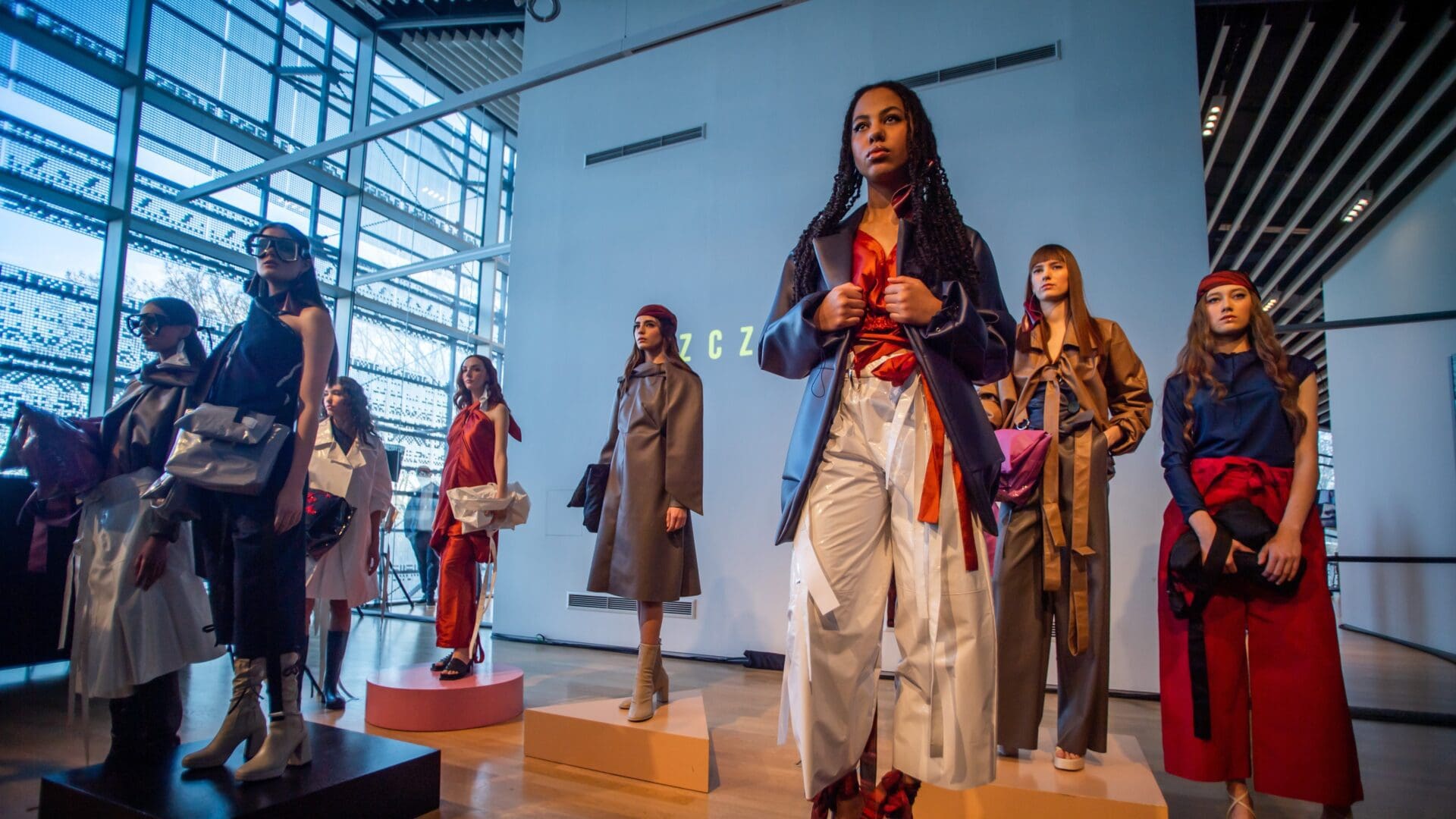 Edit
Edit
Hungary’s fashion and art scene has evolved significantly over the years, blending traditional influences with contemporary styles. The country’s rich cultural heritage is reflected in both its historical and modern artistic expressions.
Fashion in Hungary
Hungarian fashion has transformed from the Socialist era’s inexpensive off-the-rack clothes to a vibrant and internationally recognized industry. Key developments include:
| Period | Development |
|---|---|
| 1980s | The rise of private boutiques in Budapest, earning it the nickname “Paris of the East”. |
| 1980s | Designers like Tamás Király gained recognition in the underground scene, with his “punk boutique” New Art Studio. |
| Contemporary | Hungarian designers such as Dóra Abodi, Dóra Tomcsányi, and labels like Nanushka and Je Suis Belle have achieved global success. |
The Budapest Central European Fashion Week (BCEFW) showcases over 50 Central European and international designers twice a year. Recently, Hungarian brands made a significant appearance at Milan Fashion Week, presenting their Spring-Summer 2025 collections alongside luxury cosmetics and design products.
Art Nouveau and Magyar Szecesszió
The Magyar Szecesszió (Hungarian Secession) art movement emerged as a unique expression of Hungary’s national identity. Key features include:
- Blending of traditional Hungarian folk-art motifs with decorative elements from Eastern cultures.
- Architect Ödön Lechner created a distinctive style incorporating folklore-inspired flowers and mythological shapes.
- Prominent examples of Magyar Szecesszió architecture include the Museum of Applied Arts and the Hungarian Royal Postal Savings Bank.
Traditional and Contemporary Art
Hungarian art encompasses various forms:
- Halas lace, originating in 1902, became an important part of Hungarian folk art.
- Designer Árpád Dékáni and lace maker Maria Markovits collaborated to create unique Halas lace designs featuring natural elements like tulips, roses, and peacocks.
- Contemporary Hungarian designers continue to draw inspiration from traditional motifs while creating modern pieces.
The Magyar Szecesszió movement has left a lasting impact on Hungary’s artistic landscape, visible in Budapest’s architecture, ceramics, stained glass, furnishings, and textiles. This unique blend of traditional and modern elements continues to shape Hungary’s fashion and art scene today.
Citations
[1] https://studyinhungary.hu/blog/ready-to-wear-fashion-in-hungary
[2] https://www.hungarianconservative.com/articles/culture_society/milan-fashion-week-hungarian-brands-design-presentation/
[3] https://decorativeartstrust.org/hungary-post/
[4] https://www.pinterest.com/arlin1948/hungarian-clothing/
[5] https://uk.pinterest.com/aaaahsatan/hungarian-traditional-clothing/
[6] https://www.shutterstock.com/search/hungarian-clothes?image_type=vector
[7] https://www.metmuseum.org/ru/met-publications/fashions-of-the-hapsburg-era-austria-hungary
[8] https://hypeandhyper.com/hungarian-contemporary-designers-among-this-years-highlights-of-hungary-nominees/
